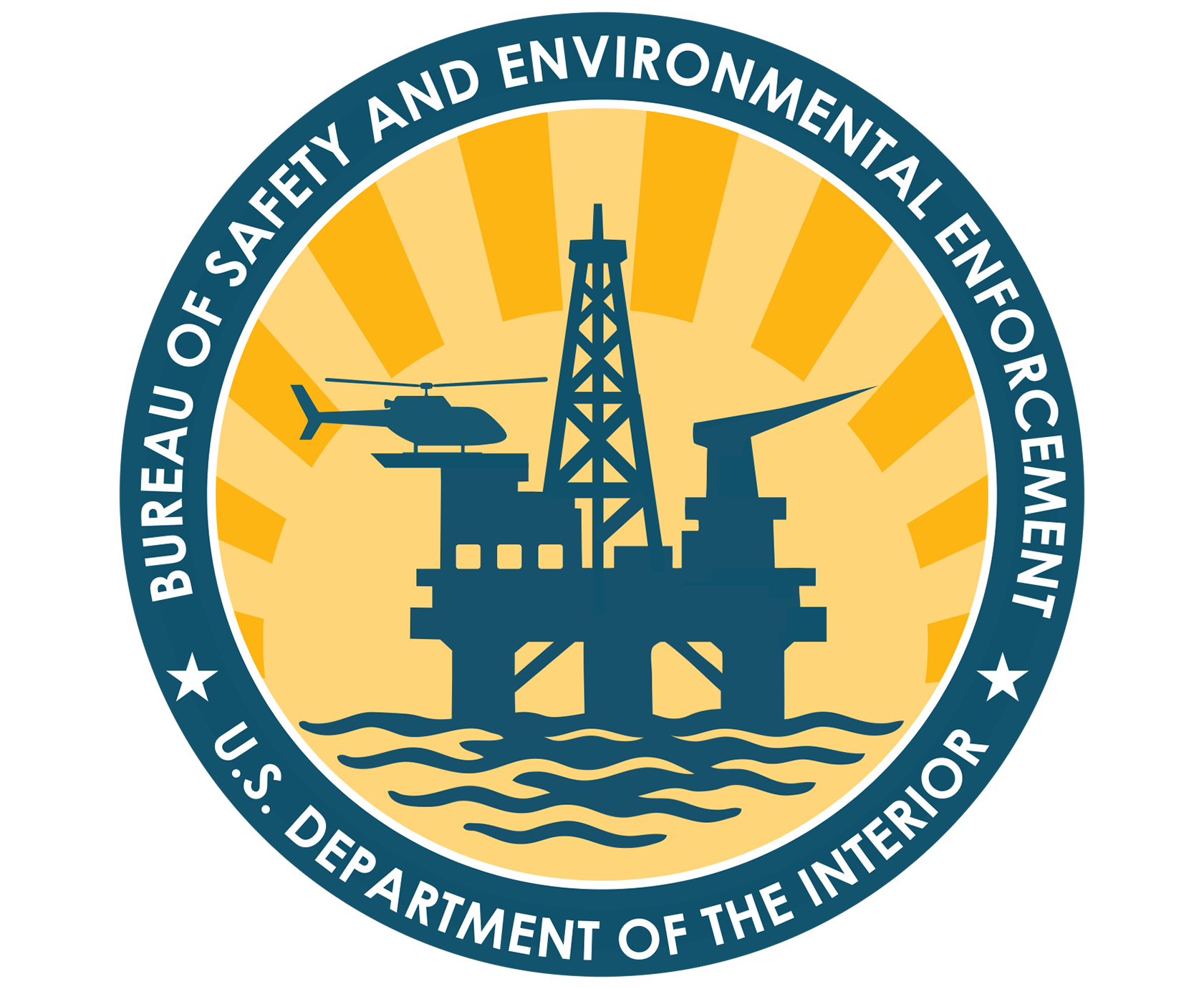OBJECTIVE: Develop and maintain a database of benchmark field or model test data on responses of deepwater floating structures that can be used by the industry to 1. Objectively validate/ qualify design analysis tools and procedures, and 2. Serve as a common basis for identifying areas of needed improvement and for focusing research and development efforts to address those needs.
INTRODUCTION: In the design of a floating offshore structure numerical analysis models are used to predict responses such as: -hull motions, -riser and mooring tensions, and -underdeck wave clearance. Tests using physical scale models of a moored structure are often used to calibrate numerical analysis models and design procedures, and to validate predicted design responses. There are, uncertainties in the numerical analysis due to differences in model capabilities , and in individual approaches to design analysis. These uncertainties impact the design either through conservative design practices, or through unrecognized risks leading to safety and/or cost implications for a project.
Data gathering systems have been installed on most floating structures., These data can be used for validating the design responses of a particular structure, or for calibrating/ validating the analysis models used to design that class of structures (e.g. TLPs, semisubmersibles, truss spars, etc.).
These data are not generally available to other operators, designers, or technology developers.
This project will engage operators of deepwater floating structures in an effort to find a basis for making any benchmark field or model test data they may own more broadly available to designers and technology developers, so that it may be used in ways that will have greater impact and benefit to individual operators and the industry as a whole. A central element being proposed is the development and maintenance of a performance database, under long term OTRC management, with limited access restrictions. The database will include data sets are selected based on: - the class of structure, -data completeness and quality, - the type of metocean events, -the range of responses relative to design levels, and -the uniqueness relative to data sets already in the database.
This project will consist of three work phases, each phase lasting for one year; starting in 2005 and ending in 2008.
Project Cancelled.
